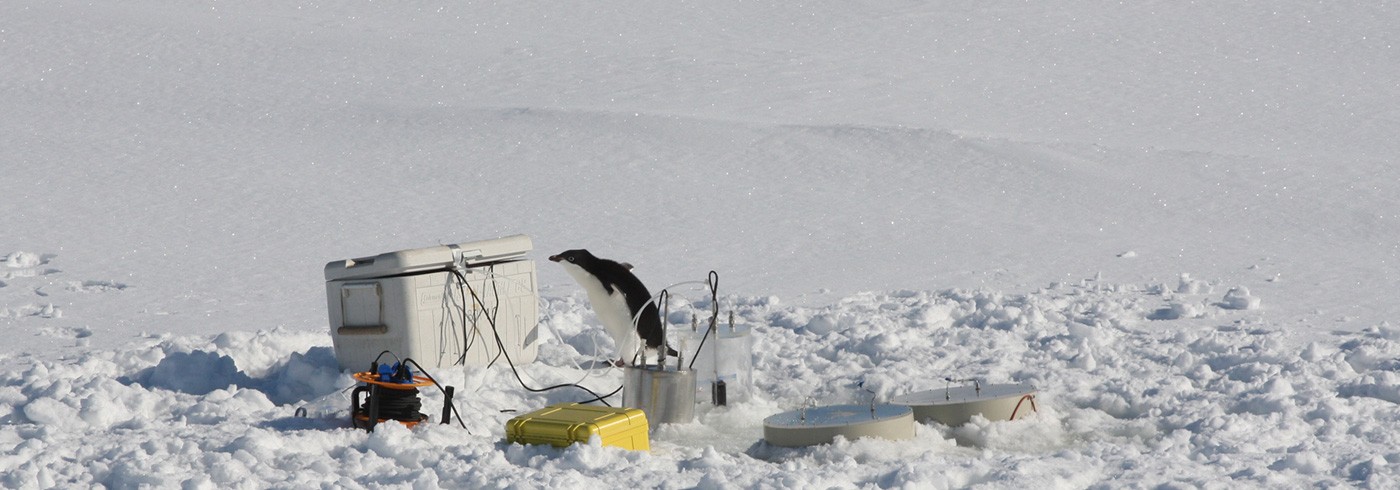Black carbon (soot) and persistent organic pollutants
26 November 2008 - 6 January 2009
The icebreaker Oden is primarily a research platform but it is also a good place to have a coffee and meet new friends. Photo: Björn Eriksson
Aerosol black carbon (BC) is emitted during fossil fuel and biomass combustion. BC particles absorb solar radiation and are a major contributor to global warming. In the form of aerosol particles, BC undergoes long-range atmospheric transport to remote areas where rain and snow scavenging will remove the particles from the troposphere. When present in snow, BC reduces reflectance, and thus affects the climate. The presence of BC particles in the snow also increases the absorption of solar radiation, which may affect the rate of snowmelt.
The Antarctic Peninsula is one of the most rapidly warming regions on Earth. The western peninsula, Bellingshausen and Amundsen Seas have recently experienced declines in sea ice extent and duration, and glacier fronts are retreating. Atmospheric BC levels are 4–10 times higher on the peninsula than elsewhere in Antarctica. Our hypothesis is that atmospheric deposition of BC is greater along the Antarctic Peninsula than in continental Antarctica, leading to levels of BC in snow that impact the timing and duration of the snowmelt season. We sampled BC levels in snow to obtain spatial distribution data of BC deposition in Antarctica. The samples were obtained by collecting snow from the ice, upwind from the ship and after having removed the uppermost layer of snow. The data, when finalized, will be used to assess the impact of BC on ice melt in western Antarctica, and determine regional and global climate forcing capacity of anthropogenic BC.
Persistent organic pollutants, such as DDT and PCB, are emitted primarily at low latitudes. However, due to a temperature driven process, a substantial part of the emitted pollutants will end up in the polar regions. The Arctic is now one of the most investigated areas of the world with respect to this type of pollutants, but considerably less data exist for the Antarctic. We sampled air and water for a number of these pollutants to obtain additional reference data for the Southern Hemisphere to test the models used for long-range transport to the polar regions.

